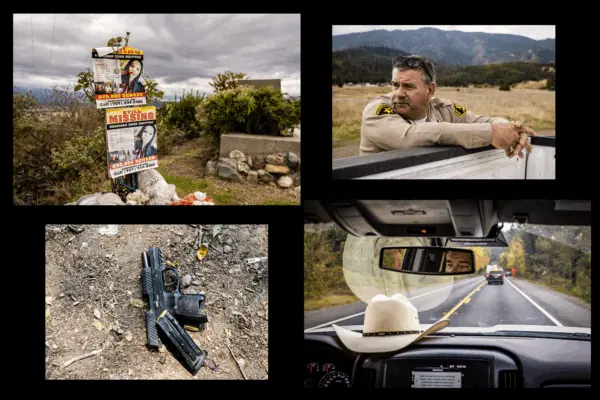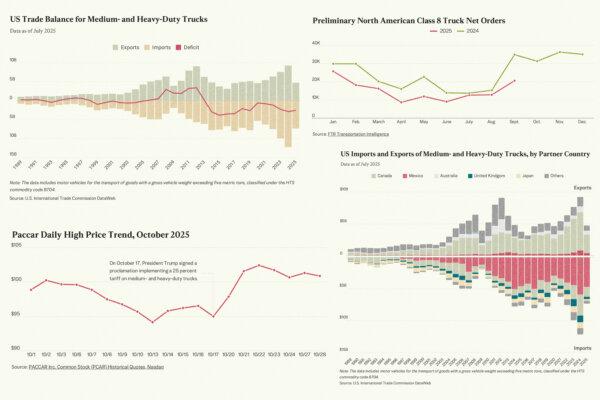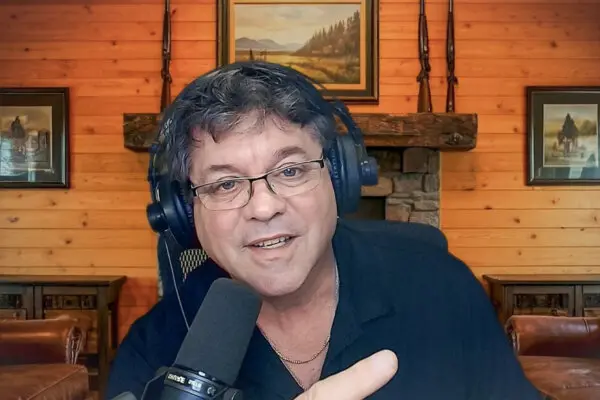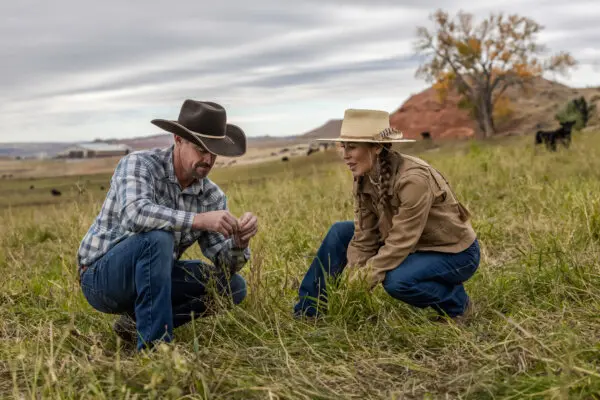Nestled in the western corner of the state, far from the busy eastern suburbs, Hunterdon County is a modern-day glimpse of the New Jersey of yesteryear. Many farms dot this pastoral landscape. But among the county’s 30,000 acres of preserved farmland, there is one farmstead that stands out.
Enormous hydrangeas and ornamental bushes flank the driveway of the 1775-era house. The small stream that runs through the property is lined with silver maples that are tapped for syrup in winter. Holly, chestnut, black walnut, and oak create a towering canopy. Hundred-year-old apple and pear trees, no longer bearing fruit, serve as a reminder of the property’s history. Gardens are not planted in rows, but rather woven within the forested landscape. Carrots, tomatoes, peppers, and greens grow alongside flowers, herbs, strawberries, and fig trees.










